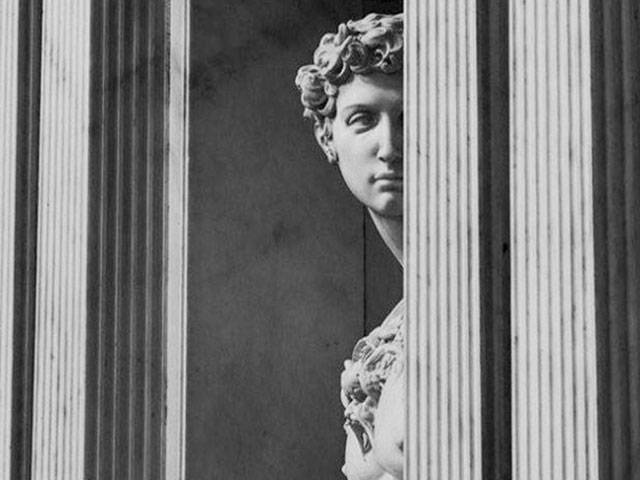“I saw the angel in the marble and carved
until I set him free.”
–Michelangelo
One filthy rich and ruthless family in Renaissance Florence used their resources and influence to produce the world’s most remarkable art, the Medici. This family’s journey began with Giovanni di Bicci who established the first Medici bank in the late 1300s. He derived certain rules that helped them succeed in this business such as never to lend money to the nobility as they were considered bad debts. Later, his son, Cosimo, a political genius, turned the Medici into a powerful family by expanding their banking operations across Europe.
In this era, banking was a tainted profession as bankers were thought to be greedy and were accused of fragmenting the society by creating debts. Also, these city states came under the jurisdiction of the Church and had to comply in accordance with its laws. According to the bible, money lending or usury is a mortal sin. Even poets like Dante wrote that usurers sell nothing but they simply earn money through interests on the money they lend. Nevertheless, there were loopholes in the Church’s Doctrine. These money lenders could purchase salvation by sponsoring developmental schemes such as art and architecture e.g. in 1430’s, the Pope promised Cosimo redemption absolution from sins by laundering piles of their dirty money, if he constructed a monastery which actually still stands in San Marco.
Later, Giovanni’s grandson commissioned artworks and even took practical steps like opening up a modern art academy which created a generation of artists like Michelangelo, producing works not only restricted within religious references but works of classical art. This gave birth to European secular art.






